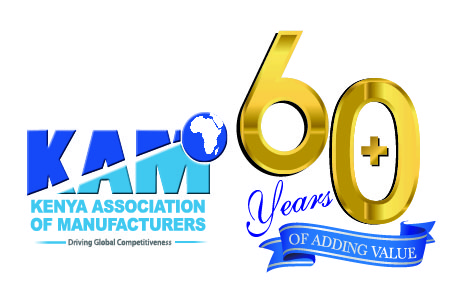Proper Regulations will Guide the Success of SEZs
By Phyllis Wakiaga
The Presidential assent to the Special Economic Zones (SEZ) Act in 2015 is not the be all and end all of the process to establish SEZS. The Country is now currently working on regulations that will guide the establishment and running of SEZs. Whether the SEZs bend towards manufacturing or services, they are of importance to industry and the economy as a whole due to the benefits of sustained economic growth, foreign direct investment and employment to be created which Kenya so needs to address the challenges faced by our graduates. This is based on the fact that reducing restrictions to the entry of foreign capital, attracts more tax revenue for the government.
Over 120 countries in the world are said to have SEZs and have contributed to over 50 million direct jobs. Countries like the Philippines with an estimated 100 zones have benefited greatly in terms of Job creation with close to 1 million employees. They have also helped certain countries that formerly relied on agriculture to transform into manufacturing based economies.
As specially designated zones of integrated development of rapid growth under one authority, SEZs are expected to contribute to Kenya’s industrial transformation. Such zones tend to have special regimes that facilitate a wide range of activities such as storage, export, and re-exports. According to section 4(6) of the Act the SEZs shall include free trade zones, industrial parks, free ports ICT parks, agricultural zones, tourist and recreational zones, business service parks and livestock zones. SEZs establishments have very good infrastructure with ample storage, government support and a wide range of tax rebates to attract investors.
If the performance of exports processing zones authority (EPZs), which are also a type of SEZ, is anything to go by, the special zones will give a much needed boost to the manufacturing sector. EPZs have hastened 4.25% of the manufacturing output, 7.7% of the manufactured exports and contribute to 0.3% of jobs in the country and more than 12% of manufacturing jobs. The shift towards special zones appears to be an either-or proposition as the SEZ Act does not intend to turn the current EPZs to SEZs. That aside, the manufacturing sector will therefore be one of the greatest beneficiaries of the SEZs once they are established as 70 to 80 per cent of export requirements are manufacturing oriented while services, intermediates and logistics tend to be somewhat neglected. Operating costs in such zones also tend to be lower and hence the competitiveness of the manufacturing sector is assured. The incentives to set up in SEZs are usually attractive. Section 35 of the SEZ Act lays out tax incentives such as the fact that All licensed SEZs enterprises, developers and operators established within the zones are exempt from paying, in part, excise duty, income tax, customs duty and value added tax on all special economic transactions.
There have been SEZs that have not achieved their objectives and have not been so successful. Studies have pointed out to the weak policy formulation from the setup stage. The policy rationale must above all seek to integrate existing programmes and leverage on a country’s comparative and competitive advantages. Any SEZ model has to be well thought out in terms of location incentives, infrastructure, flexibility and governance based on a sound institutional and a transparent regulatory framework.
It will be therefore important to get the input of private stakeholders as the regulations are drawn up so that all these factors are brought together in a manner that will be attractive. Clear strategic plans must be put in place to win over investors. This include well thought out strategic locations and the necessary linkages to international markets. If national competitiveness is weak, SEZs are likely to flail. The institutional autonomy of the SEZS also has to be clear from the start. Section 12(1) of the Act stipulates that up to half of SEZA board members can be from industry with good reason. Private SEZs have been proven to be more profitable and successful. Apart from fiscal incentives, infrastructure development within and out SEZs is imperative for its success. The completion of the standard gauge railway, LAPSSET project and other infrastructure initiatives will enhance Kenya’s benefits from SEZs.
With these kind of foresight, it will then be possible to work on export diversification, enhance local firms participation in SEZs and the transfer of skills, promotion of industrial clustering and small medium enterprise (SMEs) development. With vibrant SEZs, Kenya’s objectives of industrial transformation will be met and it calls for more concerted effort both by public and private sector to enhance dialogue and partnership to bring to reality the Kenyan dream of a united and prosperous nation where all peoples enjoy a high quality of life in a newly industrialized economy.
The writer is the CEO of the Kenya Association of Manufacturers and can be reached on ceo@kam.co.ke
Looking for elevation? KAM lifts you up.
- Direct technical assistance
- Capacity building programmes
- Networking and mentorship
- Industry insights & analysis
- Trade & export development services
